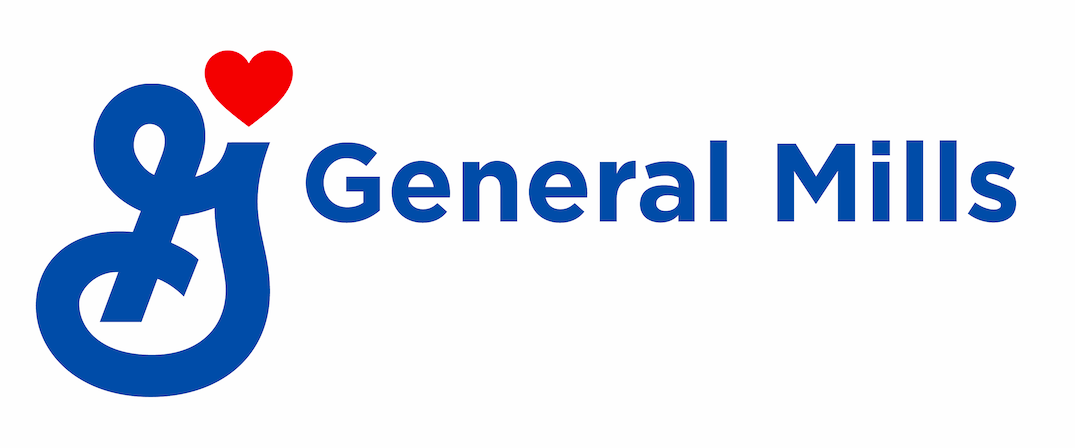Innovation to Address Hunger: Less Waste, Better Use of Supply
First appeared in the Minneapolis Star Tribune
Tuesday is World Food Day, yet 1 in 11 households in Minnesota struggle with hunger. The issue is as pervasive as it is quiet, and many of our neighbors endure the challenge of putting enough food on the table. At the same time, 40 percent of food in the U.S. is wasted each year. Over the past year, General Mills and Feeding America partnered to create an innovative solution to connect surplus food in the delivery system with families in need.
Carriers driving trucks full of product across the U.S. work within complex supply chains. Not every delivery to a grocery store, wholesaler or food service provider is flawless. Incorrect quantities or slightly damaged packaging can result in product that is commercially unsalable, but perfectly safe to consume.
That’s where Feeding America’s technology platform, MealConnect, comes in. MealConnect joins surplus product with food banks like Minnesota’s Second Harvest Heartland, an organization that distributed more than half a million meals to people in need last year, alone. The program has the potential to redirect between 55 million and 60 million pounds of perfectly good food to hungry families through food banks around the country each year, and is scaling nationally this fall. It means that food banks like Second Harvest Heartland will be able to serve the community even more effectively in the future than they do today.
Less food waste and less hunger — two big wins for Minnesotans, and all Americans.
This letter was submitted by Matt Knott, president of Feeding America; Mary Jane (Melendez) Laird, executive director of the General Mills Foundation; and Rob Zeaske, CEO of Second Harvest Heartland in Minnesota.

